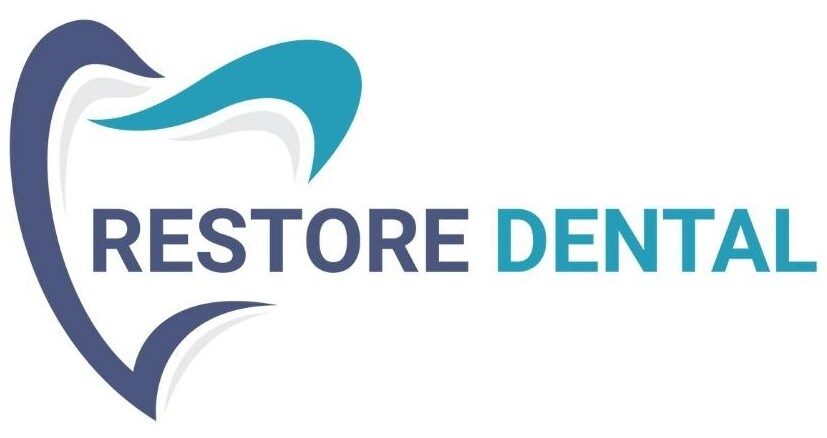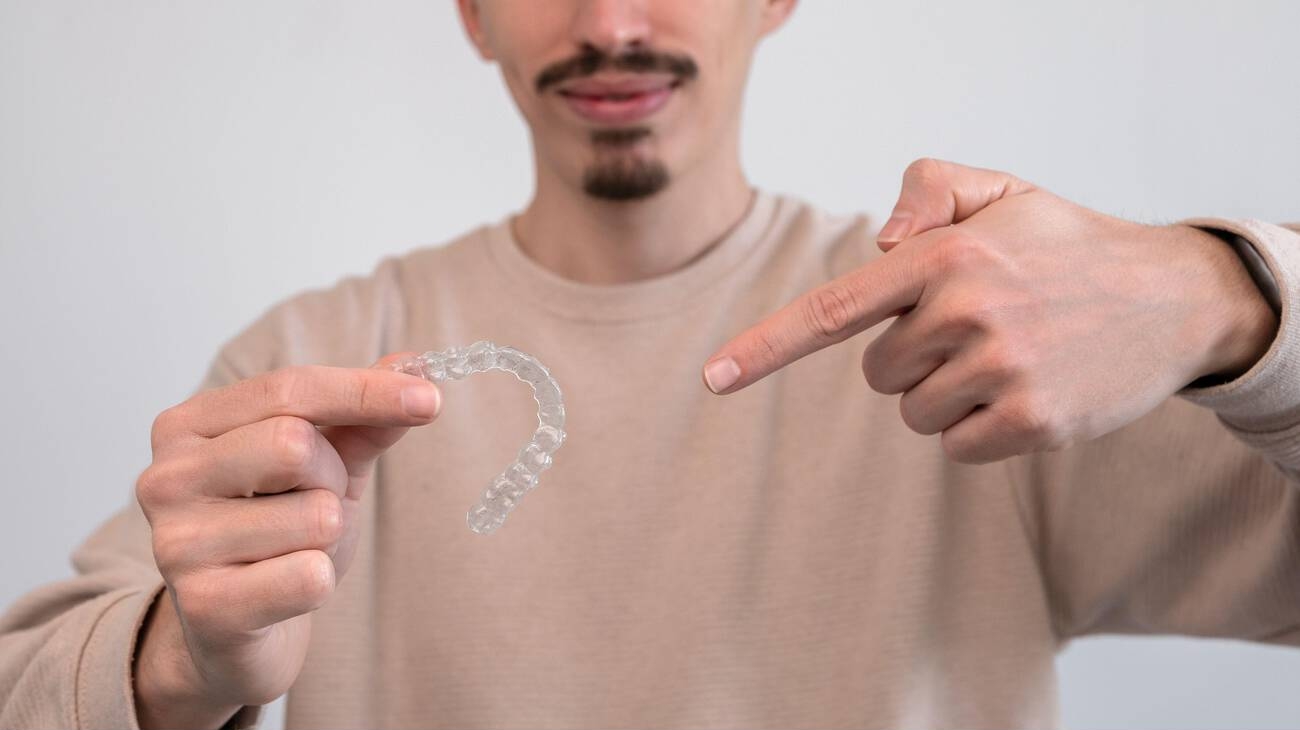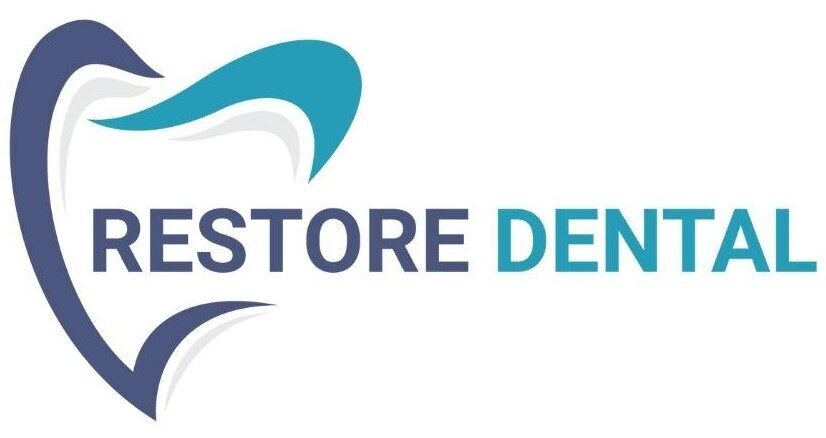A beautiful, well-aligned smile is something everyone desires. People with crooked or misaligned teeth often feel self-conscious, avoiding smiles or laughter in social settings. However, beyond aesthetics, properly aligned teeth contribute significantly to oral health, ensuring a correct bite, reducing plaque buildup, and preventing potential dental issues.
For those considering orthodontic treatment, the biggest dilemma is choosing between traditional braces and Invisalign aligners. Both options are effective in straightening teeth, but each has its own advantages and limitations.
Understanding Traditional Braces
Braces have been the most common orthodontic solution for decades, effectively treating simple to complex dental misalignments. They consist of metal or ceramic brackets attached to the teeth, connected by wires that apply continuous pressure to gradually shift teeth into place.
While braces are highly effective, they come with certain drawbacks:
- Discomfort and Irritation: The metal brackets often cause cuts or sores inside the mouth.
- Food Restrictions: Patients need to avoid sticky, chewy, or hard foods to prevent damage.
- Frequent Dental Visits: Adjustments are required every few weeks to ensure progress.
- Longer Treatment Duration: On average, braces take 1.5 to 2 years for complete alignment.
- Visible Metal Wires: The metallic appearance can make some individuals hesitant to opt for braces.
For those who don’t mind the aesthetic aspect and can commit to regular dental visits, braces remain an effective and reliable choice.
The Rise of Invisalign: A Modern Alternative
With advancements in Digital Dentistry Services, Invisalign Treatment has emerged as a preferred alternative to braces. Invisalign aligners are custom-made, clear plastic trays that gradually shift teeth into place. These aligners offer multiple benefits:
- Virtually Invisible: Invisalign aligners are clear and discreet, making them an excellent option for professionals and students.
- Comfortable & Pain-Free: Unlike braces, there are no sharp brackets or wires to cause irritation.
- Faster Treatment Time: Invisalign aligners use smart materials that speed up the alignment process.
- Removable Convenience: Patients can remove the aligners while eating, brushing, or attending special occasions.
- Advanced 3D Treatment Planning: A computer-generated simulation allows patients to see their projected results before starting
- Fewer Dental Visits: Invisalign requires 30% fewer doctor appointments than traditional braces.
- More Predictable Results: Virtual tracking allows Dr. Divyesh Mehta, an Invisalign Expert in Gurgaon, to monitor progress remotely.
Making the Right Choice
Both braces and Invisalign serve the same purpose—straightening teeth and improving oral function. However, the choice between the two depends on personal preferences, lifestyle, and the complexity of the case.
• Traditional braces are ideal for individuals with severe misalignment and those who don’t mind the visible brackets and wires.
• Invisalign is best suited for busy professionals, students, or individuals looking for a more aesthetic, comfortable, and convenient orthodontic solution.
At Restore Dental Gurgaon, we specialize in Braces and Aligners, offering both traditional braces and Invisalign treatment.
Additionally, our clinic provides comprehensive Cosmetic Dentistry, including:
• Dental Implants for permanent tooth restoration.
• Teeth Whitening to enhance your smile.
• Pediatric Dentist for expert child dental care.
• Best Prosthodontist for restorative dental solutions.
Your Journey to a Perfect Smile Starts Here
A confident smile is just a decision away! Whether you choose Invisalign or traditional braces, the goal remains the same—a healthier, well-aligned smile that boosts your self-confidence.
Book a consultation today with our Invisalign Expert in Gurgaon and take the first step toward the smile you deserve.



